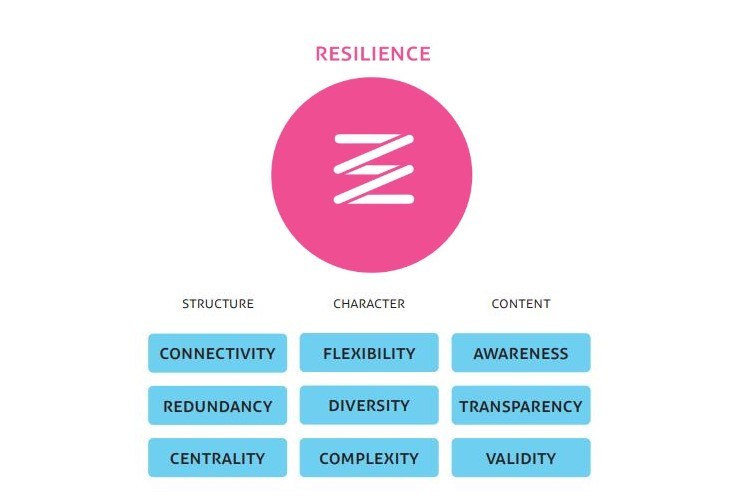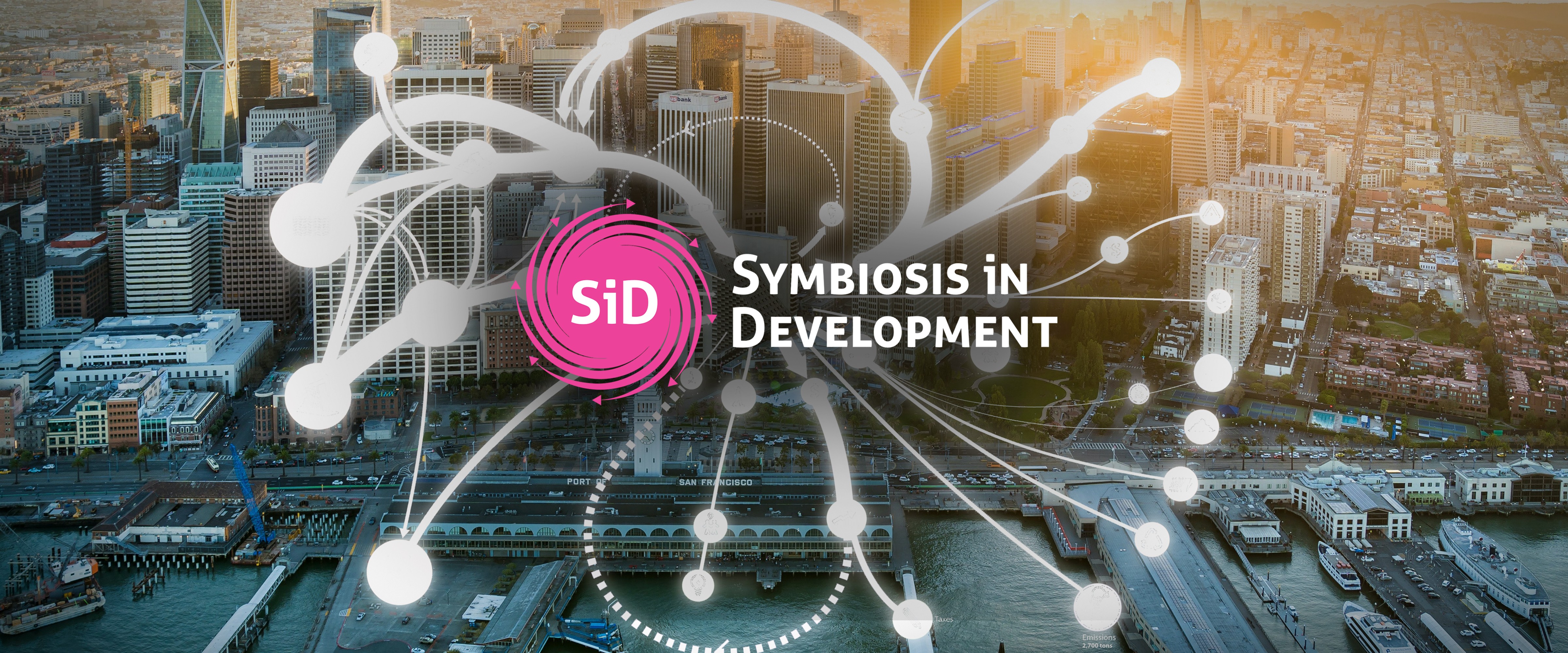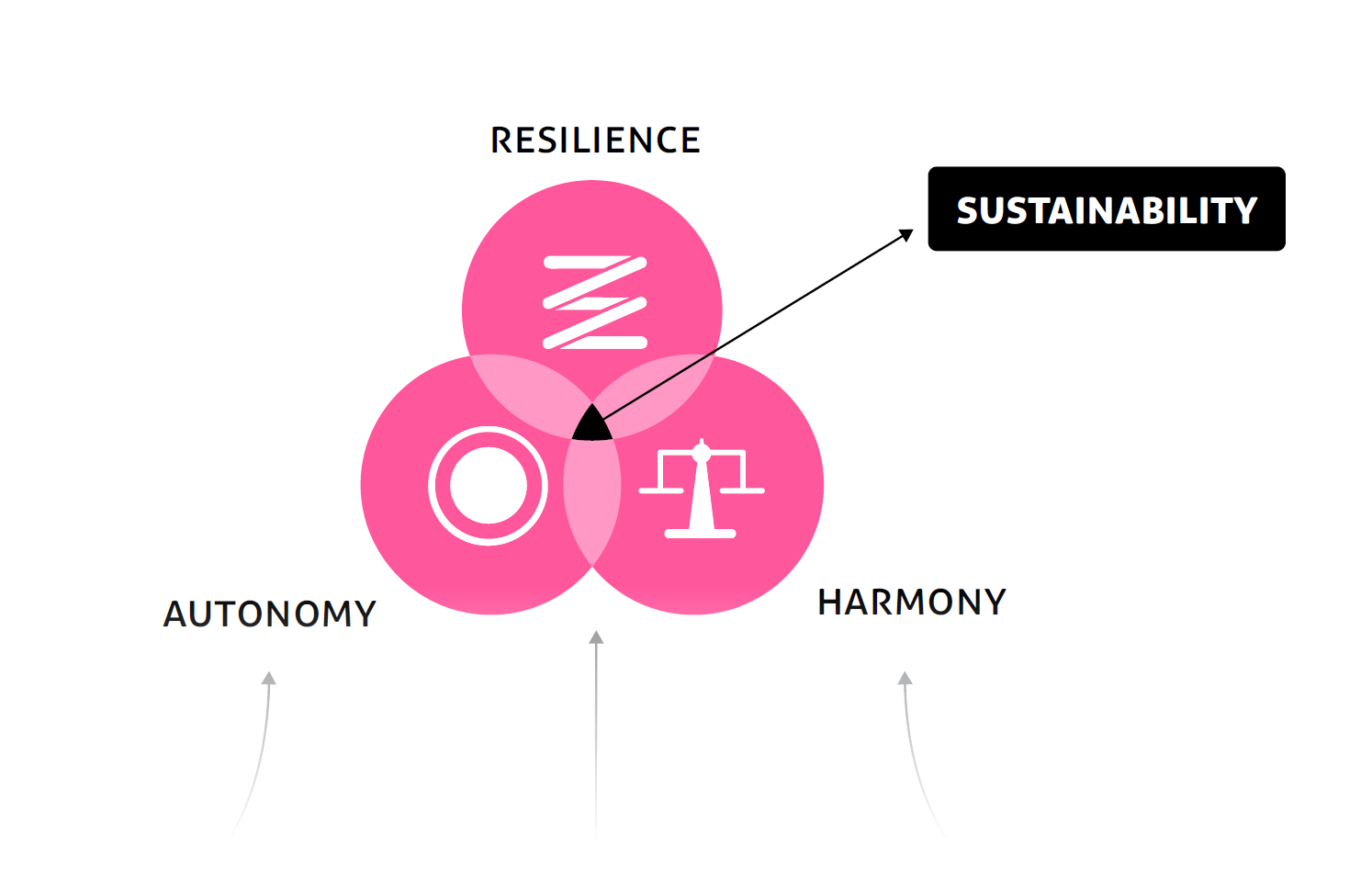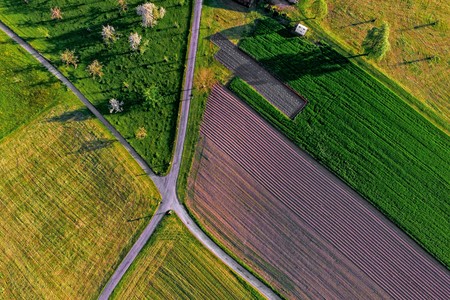For years, we've seen different theories on how to best steer society in a different direction. As we are facing the impending worsening of the climate crisis, resource shortages, social fracturing, economic disparities, and natural disasters, the time for finding solutions is running out.
The circular economy, transition theory, climate adaptation, and bio-based economy, amongst other approaches, compete for the same space and attention. Despite the benefits and essential role of all messages, they are all but a part of the solution. The COVID-19 pandemic suddenly brought the world to its knees and made our priorities apparent, with one approach standing out like a beacon of light guiding ships through the mist: resilience.

We live in an increasingly fragile world with complex inter-dependencies and insidious uncertainty. We all experienced the reaction to the virus, but the next big challenge may blindside us even more.
The future is always unknown. Building resilience ensures the capacity to deal with the unexpected.
Resilience is essential for sustainable development and should underpin everything we do, from policymaking to city planning, to industrial production, education, and healthcare. Increasing the strength of our cities, countries, and the entire planet is the only way to face an uncertain future.
Things like 100% circular, climate-adaptive cities and renewable energy all help, but if our social systems are not resilient, the next global event will see us topple again.
Moving beyond a buzzword
Resilience isn't a new concept, software, or blindly followed ideology. After becoming popularized in the '60s, the study of resilience has developed into a well-proven and documented field that has seen widespread adoption, particularly over the past decade.
The best way to understand the concepts that underpin resilience is through complex systems analysis, a scientific conceptualization that helps determine a system's survivability. As such, it deals with how systems are connected and how those connections 'react' to external influences. In that light, "resilience" can be broken down into sub-components such as connectivity, transparency, redundancy, and flexibility.
There are experts across the globe devoted to complex systems thinking and understanding how resilient systems and their interactions are. The tools they use, such as systems, networks, and causal loop mapping, can be applied to help pinpoint and measure how resilient a process is or can be. The open-source framework Symbiosis in Development (SiD) is an accessible toolkit to work with the concept that we will use below.

Lack of Dutch ICU beds reveals an unbalanced system
Understanding resilience and all it encompasses may be intimidating at first. Still, the truth is that it is used daily by architects, managers, policymakers, scientists, and engineers worldwide. For better or worse, the pandemic enhanced our awareness of resilience and provided an exemplary case for planning for future systemic shocks.
By looking at exponential curves on COVID-19 daily cases and diagrams on intensive care bed distribution. For example, at a point in the pandemic, Germany had thirty-two IC beds per 100,000 inhabitants. The Netherlands, a woeful eight.
While Germany was criticized by the OECD last year for being 'inefficient' with such a large number of beds, it was an enormous blessing in disguise - more than 100 Dutch people were treated in a German ICU at the outbreak's peak.
What an excellent case that exposes one of the core fallacies of the neo-liberal management that dominated Dutch policy over the last 30 years. Disregarding societal resilience, the neo-liberal approach is primarily focused on efficiency. 'Efficiency' is a systemic network parameter of resilience that seeks to optimize a system's operations.
In fact, if you maximize efficiency, your resilience collapses, and this is what happened to the Dutch healthcare system and many others. The Dutch's drive for 'efficiency' at the expense of its overall resilience failed its healthcare system and the citizens that depend on it.

Resilience should be integrated across society
Examples like this are everywhere, from how we plan our cities to food production, energy, essential supply chains, education, health, and related policies. The exciting thing about integrating resilience as a key measure is that aspects such as the circular economy and climate adaptation come in through a side door in the process of resilience analysis.
However, this time, they are placed in relation to each other, and it is possible to indicate priorities between them. This means that resilience is a higher-level, overarching concept that can be used to manage layers beneath it, analyze, relate, evaluate them, and figure out concrete steps toward improvement.
It now becomes our challenge to start integrating the concept of resilience into our societal ambitions. And, of course, as others have said, the systemic upheaval of the COVID-19 pandemic was a good opportunity to get our foundations straight.
Adding resilience as a primary KPI to all our major societal systems would be one of the most impactful changes we could make to ensure the future of humanity and our ability to thrive long-term. We already have existing tools to get us moving in the right direction, but there is still a lot to experiment with, develop, and learn from.

How SiD can help
Applied to your specific field, the Symbiosis in Development (SiD) framework helps you understand, manage, design, and integrate resilience. The SiD framework is free, open-source, and ready for governance, design, management, and planning implementation. It also combines and helps to integrate aspects such as the circular economy, climate adaptation, and social justice.
SiD helps to place these in relation to each other and assess the overall system's resilience. While SiD extends beyond resilience, you can start by investigating it specifically and following your project's other focuses from there.
The main body of SiD's framework is found in the free, open-source 460-page omnibus book. Available via digital download, a hard copy is also available, and there is also a quick guide that provides a birds-eye view.
All SiD materials, books, and learning materials are freely available in digital form from the thinksid.org website. There's plenty to get you started on your own, but feel free to contact us if you need guidance
The SiD framework is a powerful tool to integrate resilience into all of our societal systems, be it in companies, institutions, or governance. In that case, we'll be one major step closer to a sustainable, livable, and thriving world.
Download the SiD omnibus book and further reading:
Click here to visit Think SiD.org to access open-source SiD documentation, quick guide, and SiD book
Click here to read "When resilience is more important than efficiency" by Martin Reeves and Raj Varadarajan
24 april 2020




